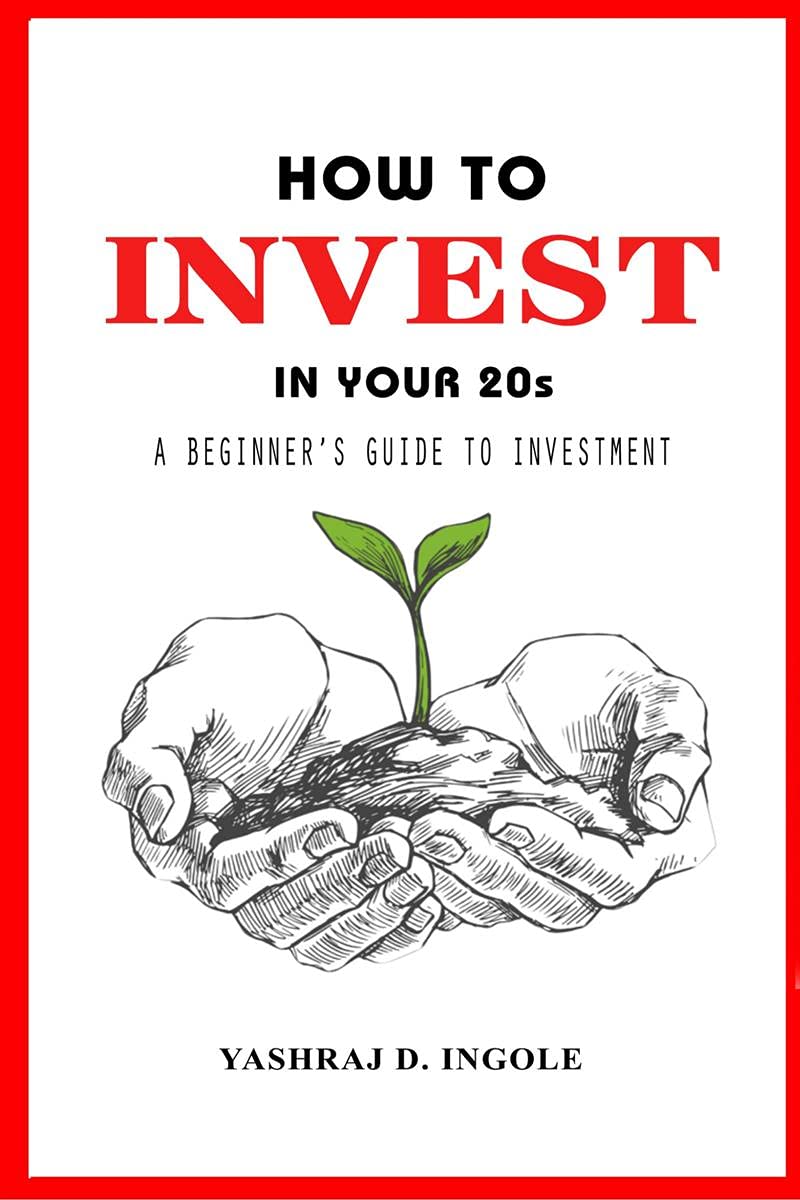
CFP Lookups have the goal of finding and resolving CFP packets. If a packet contains a CFP, the packet is able to be identified by its CFP ID. The next step is to configure and prioritize the rule. Use the following example detail format to create a CFP Lookup Rule.
Identifying a CFP
You may be unsure how to choose a good financial planner when you are looking for one. You can follow these steps to make sure you are hiring the right financial planner for you. First, ensure that the person you're interviewing has the necessary certifications. You can then ask questions and listen to the answers. Consider it a job interview. You can make a list of pros, cons and prioritize them.
The CFP Board is a great resource to conduct a background check on a CFP. This information can include any board discipline or bankruptcy history. CFP boards offer an online search option for helping you find a CFP.
How to interpret a cfp search rule
A CFP Lookup Rule is a set if rules that a CFP reader can use in order to process a particular packet. Each rule is identified by a common header (TCAM20), which specifies both the source port and the frame format. When the packet arrives at the network device, this information is parsed.

Each rxport will send slices 0-3 to a request for proposals (CFP 10). Each slice is made up of 114 bits and sent to CFP10. The number of slices depends on the bandwidth used and the application. CFP 10's rules table contains 512 rules. Each rule includes 114 bits worth of expected data as well as a mask selection. This table is used by the CFP for packet classification and to generate actions.
FAQ
How old do I have to start wealth-management?
Wealth Management can be best started when you're young enough not to feel overwhelmed by reality but still able to reap the benefits.
The earlier you start investing, the more you will make in your lifetime.
If you are thinking of having children, it may be a good idea to start early.
Waiting until later in life can lead to you living off savings for the remainder of your life.
Who Should Use A Wealth Manager?
Everybody who desires to build wealth must be aware of the risks.
It is possible that people who are unfamiliar with investing may not fully understand the concept risk. Poor investment decisions can lead to financial loss.
People who are already wealthy can feel the same. Some may believe they have enough money that will last them a lifetime. But they might not realize that this isn’t always true. They could lose everything if their actions aren’t taken seriously.
As such, everyone needs to consider their own personal circumstances when deciding whether to use a wealth manager or not.
How can I get started with Wealth Management
The first step in Wealth Management is to decide which type of service you would like. There are many Wealth Management services available, but most people fall under one of the following three categories.
-
Investment Advisory Services - These professionals will help you determine how much money you need to invest and where it should be invested. They offer advice on portfolio construction and asset allocation.
-
Financial Planning Services - A professional will work with your to create a complete financial plan that addresses your needs, goals, and objectives. Based on their expertise and experience, they may recommend investments.
-
Estate Planning Services- An experienced lawyer will help you determine the best way for you and your loved to avoid potential problems after your death.
-
Ensure that the professional you are hiring is registered with FINRA. If you do not feel comfortable working together, find someone who does.
Statistics
- According to Indeed, the average salary for a wealth manager in the United States in 2022 was $79,395.6 (investopedia.com)
- As previously mentioned, according to a 2017 study, stocks were found to be a highly successful investment, with the rate of return averaging around seven percent. (fortunebuilders.com)
- US resident who opens a new IBKR Pro individual or joint account receives a 0.25% rate reduction on margin loans. (nerdwallet.com)
- As of 2020, it is estimated that the wealth management industry had an AUM of upwards of $112 trillion globally. (investopedia.com)
External Links
How To
How to Invest your Savings to Make Money
You can get returns on your capital by investing in stock markets, mutual funds, bonds or real estate. This is known as investing. You should understand that investing does NOT guarantee a profit, but increases your chances to earn profits. There are many ways you can invest your savings. One of these options is buying stocks, Mutual Funds, Gold, Commodities, Real Estate, Bonds, Stocks, ETFs, Gold, Commodities, Real Estate, Bonds, Stocks, Real Estate, Bonds, and ETFs. These methods are described below:
Stock Market
Stock market investing is one of the most popular options for saving money. It allows you to purchase shares in companies that sell products and services similar to those you might otherwise buy. Also, buying stocks can provide diversification that helps to protect against financial losses. If the price of oil falls dramatically, your shares can be sold and bought shares in another company.
Mutual Fund
A mutual fund refers to a group of individuals or institutions that invest in securities. They are professionally managed pools, which can be either equity, hybrid, or debt. A mutual fund's investment objectives are often determined by the board of directors.
Gold
Gold has been known to preserve value over long periods and is considered a safe haven during economic uncertainty. Some countries also use it as a currency. Due to investors looking for protection from inflation, gold prices have increased significantly in recent years. The supply/demand fundamentals of gold determine whether the price will rise or fall.
Real Estate
Real estate includes land and buildings. If you buy real property, you are the owner of the property as well as all rights. Rent out a portion your house to make additional income. You may use the home as collateral for loans. You may even use the home to secure tax benefits. You must take into account the following factors when buying any type of real property: condition, age and size.
Commodity
Commodities include raw materials like grains, metals, and agricultural commodities. As these items increase in value, so make commodity-related investments. Investors who wish to take advantage of this trend must learn to analyze graphs and charts, identify trends and determine the best entry point to their portfolios.
Bonds
BONDS ARE LOANS between governments and corporations. A bond is a loan where both parties agree to repay the principal at a certain date in exchange for interest payments. Bond prices move up when interest rates go down and vice versa. An investor buys a bond to earn interest while waiting for the borrower to pay back the principal.
Stocks
STOCKS INVOLVE SHARES of ownership in a corporation. Shares only represent a fraction of the ownership in a business. You are a shareholder if you own 100 shares in XYZ Corp. and have the right to vote on any matters affecting the company. When the company earns profit, you also get dividends. Dividends can be described as cash distributions that are paid to shareholders.
ETFs
An Exchange Traded Fund is a security that tracks an indice of stocks, bonds or currencies. ETFs can trade on public exchanges just like stock, unlike traditional mutual funds. The iShares Core S&P 500 (NYSEARCA - SPY) ETF is designed to track performance of Standard & Poor’s 500 Index. This means that if you bought shares of SPY, your portfolio would automatically reflect the performance of the S&P 500.
Venture Capital
Venture capital is the private capital venture capitalists provide for entrepreneurs to start new businesses. Venture capitalists lend financing to startups that have little or no revenue, and who are also at high risk for failure. They invest in early stage companies, such those just starting out, and are often very profitable.